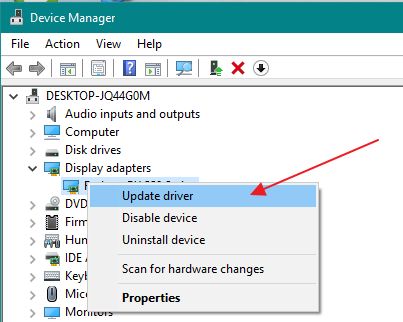

Select “Device manager” and look for the “Display Adapter” section. Right click the start button or use the keyboard shortcut Win + X to get a power menu. This is to avoid Windows’ versioning mechanics that dictate whether a driver can be installed or not based on which is the “newer” driver. Installing Removing your current graphics driversĪlthough it is not required, it is recommended that you remove your current drivers before you manually install new ones. If the driver is compatible, you can continue to manually installing the driver. This ensures that the driver you are going to be installing will actually work on your computer. If you are not on Windows, please continue to the community support resourcesĮnsure that the driver you are attempting to install uses a Windows Display Driver Model (WDDM) version that is compatible with your operating system. If you were directed to this page by someone else, ask them for an appropriate driver or use one of the support resources to request one. If you have not found a device driver to install, refer to this page and use the “manual” links to obtain a driver. NOTE: This article assumes that you already have a driver and are looking to install it with Device manager. On some older AMD/ATI graphics cards, the error “LoadLibrary: Error 126” can be resolved by deleting AMD driver software with Device manager or using file system workarounds.The AMD driver installers will occasionally not work due to Windows reporting a newer WHQL’ed driver being available. On the Windows 10 Insider Preview, due to a limitation of Windows Update capabilities, “beta” drivers must be marked as “WHQL’ed.” Because the Insider Preview exists to preview demo releases, drivers will be marked as “WHQL’ed” albeit not actually having been screened.Installing with Device manager avoids this issue, although it generally is recommended to use OEM drivers on these devices whenever possible. On OEM devices, an OEM may sometimes use custom drivers that block the installation of generic AMD drivers.

Installing drivers via Device manager differs from automatic installation in a number of ways: This page describes instructions that can be taken to do so, although it is recommended that you use Windows Update or the AMD driver update utility to find the latest drivers for your computer unless a conflict occurs requiring you to do so manually. This article does not apply to AMD workstation graphics. Occasionally it may be required that you install a driver manually with Device Manager. Installing AMD drivers with Device manager


 0 kommentar(er)
0 kommentar(er)
